High-speed CT technology restores the truth about thermal runaway of LG
18650 battery!
Once thermal runaway occurs in lithium-ion batteries, it will seriously
threaten the life and property safety of users. Therefore, how to prevent
thermal runaway is the ultimate goal of all lithium-ion battery designers.
However, in order to prevent the occurrence of thermal runaway from the design,
it is necessary to thoroughly understand the root causes of lithium-ion
batteries in the process of thermal runaway.
Once thermal runaway occurs in lithium-ion batteries, it will seriously
threaten the life and property safety of users. Therefore, how to prevent
thermal runaway is the ultimate goal of all lithium-ion battery designers.
However, in order to prevent thermal runaway from the design, it is necessary to
thoroughly understand the internal reaction process of the lithium-ion battery
during the thermal runaway process. However, the thermal runaway reaction speed
of lithium-ion batteries is fast, the temperature is high, and at the same time
limited by the sealed structure of lithium-ion batteries, it is difficult for us
to observe the reaction process of thermal runaway of lithium-ion batteries
intuitively and accurately.
X-rays have very strong penetrating ability and can pass through the shell
of lithium-ion batteries to observe the internal structure of lithium-ion
batteries. In particular, tomography technology allows us to directly generate
three-dimensional images of lithium-ion batteries, but usually X-ray imaging It
is relatively slow, and it is impossible to track the structural changes inside
the lithium-ion battery during the thermal runaway process of the lithium-ion
battery. The emergence of synchrotron radiation technology has greatly increased
the energy of X-rays, thereby effectively reducing the time required for
exposure, thus greatly improving the imaging speed. DonalP.Finegan (first
author) of London City College and others used synchrotron radiation technology
to greatly increase the speed of CT scanning, and conducted in-depth
understanding and research on the structural changes inside the 818650 battery
during the thermal runaway process.
In the experiment, DonalP.Finegan used two types of 18650 batteries from LG
as the research objects (with capacities of 2.2Ah and 2.6Ah respectively).
Through the application of the synchrotron radiation light source of the
European Synchrotron Radiation Center, DonalP.Finegan increased the adoption
speed of CT to 1.25Hz And 2.5Hz, while the ordinary two-dimensional shooting
speed reaches 1250Hz, which also allows us to "see" for the first time the
impact of thermal runaway gas production and high temperature on the structure
of lithium-ion batteries.
In the experiment, DonalP.Finegan used the high temperature method to
trigger thermal runaway of two LG 18650 batteries respectively (as shown in the
figure above). Among them, the core bone was added in the middle of the 2.6Ah
battery cell, which can serve as a support and is conducive to improving the
lithium-ion battery. The safety, while the 2.2Ah battery does not have a core
bone. The author used a thermal imager to track the temperature change of the
battery during the thermal runaway process (2.6Ah battery is video 1, 2.2Ah
battery is video 2). From the video, we can see that when the heating starts,
the temperature of the 2.6Ah battery shows a slow rising trend. At 168s, the
temperature of the battery casing rises to 230°C, and then the temperature of
the battery begins to rise rapidly to exceed 260°C (the temperature of the
thermal imager The highest observed temperature is 260°C), and then within a
very short period of time, due to the increase of gas pressure inside the
battery, the gas and electrode decomposition products inside the battery are
ejected from the position of the battery cover, and the battery thermal runaway
occurs. The thermal runaway time of the 2.2Ah battery was 217s after the heating
started.
In order to analyze the changes in the internal structure of LG batteries
during thermal runaway, DonalP.Finegan also used high-speed CT technology to
analyze the internal three-dimensional structures of 2.6Ah batteries (Video 3)
and 2.2Ah batteries (Video 4) during thermal runaway triggering. Scan and
rebuild. Because the 2.6Ah battery has a core bone inside the battery, it can
theoretically support the battery and prevent the battery from collapsing during
the thermal runaway process. The CT image of the 2.6Ah battery immediately
before the thermal runaway can It can be seen that the position of most of the
cells is still intact, but the cell structure is obviously deformed at the
center of the cell near the core bone, which may be caused by the separation of
positive and negative electrodes caused by local side reaction gas
production.
We can get the answer from the two pictures below about the stable use of
the core bone on the cell structure. In the picture a below, we can see that
because there is a core bone in the middle of the cell, the structure of the
cell does not occur after the battery is depressurized. Obvious damage, but in
Figure b below, we can see that the structure of the battery cell has been
significantly damaged after the battery pressure release occurs due to the
absence of the support of the core bone. This is mainly because a lot of gas has
accumulated between the positive and negative electrodes before the battery
pressure release occurs, so after the battery explosion-proof valve is opened,
the gas will be discharged along the position of least resistance, resulting in
no The supporting battery core has undergone significant deformation, and the
deformation of the battery core has also greatly increased the risk of short
circuit of the battery.
What voltage should be used to charge a 3.7v lithium battery
2018-06-01 81530 views
Generally, a 3.7v lithium battery needs a "protection board" for overcharge
and overdischarge. If the battery does not have a protection board, it can only
use a charging voltage of about 4.2v, because the ideal full charge voltage of a
lithium battery is 4.2v, and the voltage exceeds 4.2v. Damage to the battery,
while charging in this way, it is necessary to monitor the condition of the
battery at all times.
5v can be used if there is a protective board (4.8 to 5.2 can be used), the
USB5v of the computer or the 5v charger of the mobile phone can be used.
For a 3.7V battery, the charge cut-off voltage is 4.2V, and the discharge
cut-off voltage is 3.0V. Therefore, when the open circuit voltage of the battery
is lower than 3.6V, it should be able to charge. It is best to use the 4.2V
constant voltage charging mode, so you don't need to pay attention to the
charging time. Charging with 5V is prone to danger of overcharging.
1. Float charge. Refers to charging while working online. This method is
often used in backup power supply occasions. If it is lower than 12 volts, it
cannot be charged, and if it is too high, it will affect the operation of the
circuit. Therefore, when the floating charge works, the voltage is 13.8
volts.
2. Cycle charging. Refers to fully charging the battery to restore the
capacity. When fully charged, the charger is not disconnected for measurement.
Generally, it is around 14.5 volts, and the maximum does not exceed 14.9 volts.
After disconnecting the charger for 24 hours, it is generally around 13 volts to
13.5 volts. About 12.8 to 12.9 volts after a week. The specific voltage value of
different batteries is different.
The usual lithium battery cell is 3.7v, the voltage is 4.2v when fully
charged, the nominal voltage after series connection is only 7.4v, 11.1v,
14.8v... the corresponding full voltage (that is, the no-load output voltage of
the charger) is 8.4v, 12.6v, 16.8v... cannot be 12v integers, just like the
interval of lead-acid storage battery is 2v, full is 2.4v, correspondingly only
the nominal 6v, 12v, 24v... full voltage (The same is the output voltage of the
charger) respectively 7.2v, 14.4v, 28.8v... I don't know what kind of lithium
battery you are?
The output of the charger is generally 5V, and 4.9 volts is also a
non-standard. If you want to use this charger to charge the battery directly, it
will definitely not work, but as long as it is charged by a mobile phone or a
dock, it has a control circuit inside. It will be limited within the allowable
range of the lithium battery, unless the circuit is damaged, don't worry about
this
The usual lithium battery cell is 3.7v, the voltage is 4.2v when fully
charged, the nominal voltage after series connection is only 7.4v, 11.1v,
14.8v... the corresponding full voltage (that is, the no-load output voltage of
the charger) is 8.4v, 12.6v, 16.8v... cannot be 12v integers, just like the
interval of lead-acid storage battery is 2v, full is 2.4v, correspondingly only
the nominal 6v, 12v, 24v... full voltage (The same is the output voltage of the
charger) respectively 7.2v, 14.4v, 28.8v... I don't know what kind of lithium
battery you are?
18500 batteries are widely used in cylindrical lithium batteries, and can
be used in electronic fields such as electronic cigarettes, toys, security, and
vehicles.
Enterprises with mature cell technology include BAK, Tiansheng, Huayuebao
and other manufacturers, with stable performance. The definition rule of its
model is: such as 18650 type, which refers to the battery with a diameter of
18mm and a length of 65mm, and a 18500 battery with a diameter of 18mm and a
length of 50mm, which is a cylindrical battery.
Voltage: 3.6V (conventional universal battery, used for electronic products
and low-power electrical equipment with a maximum discharge of 1C. Discharge
conditions can be changed according to the situation)

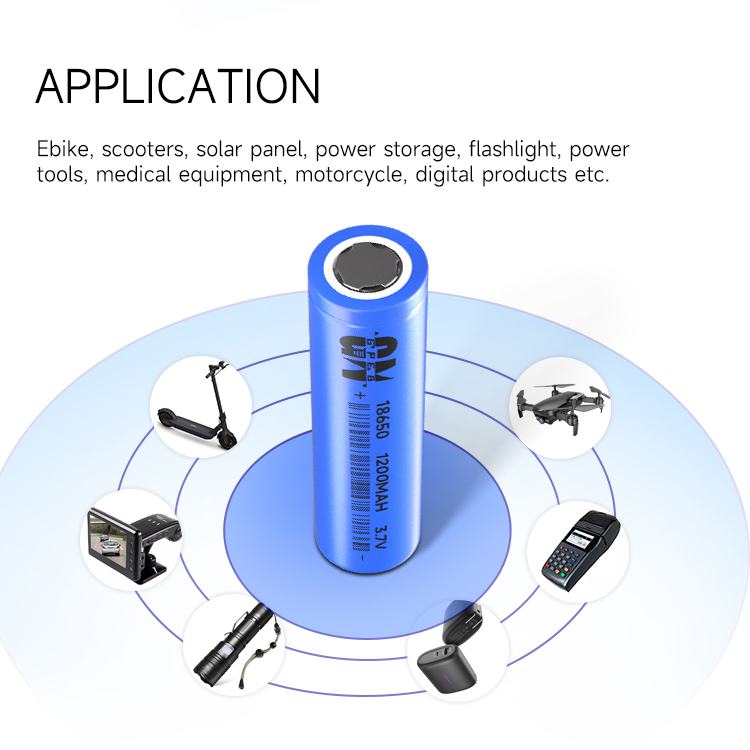



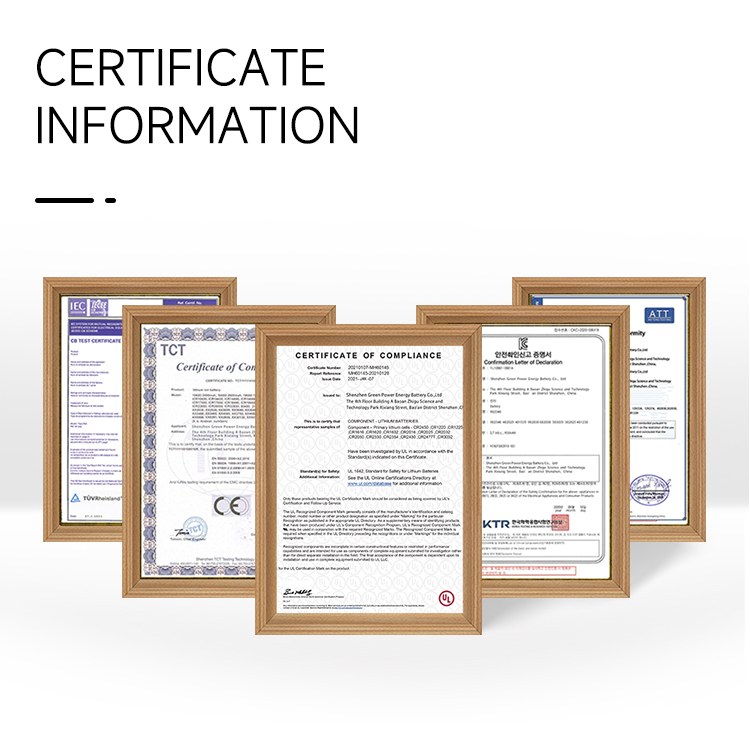
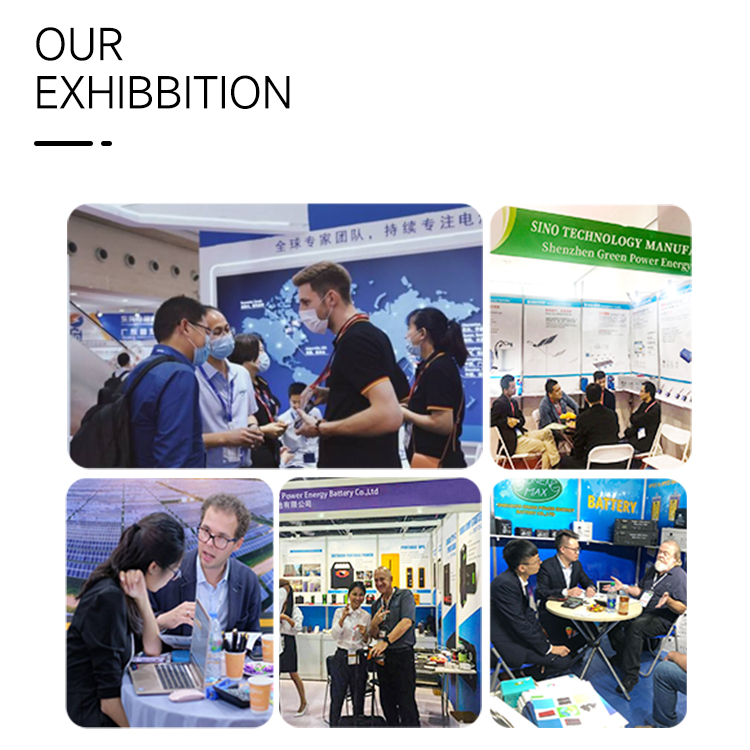


































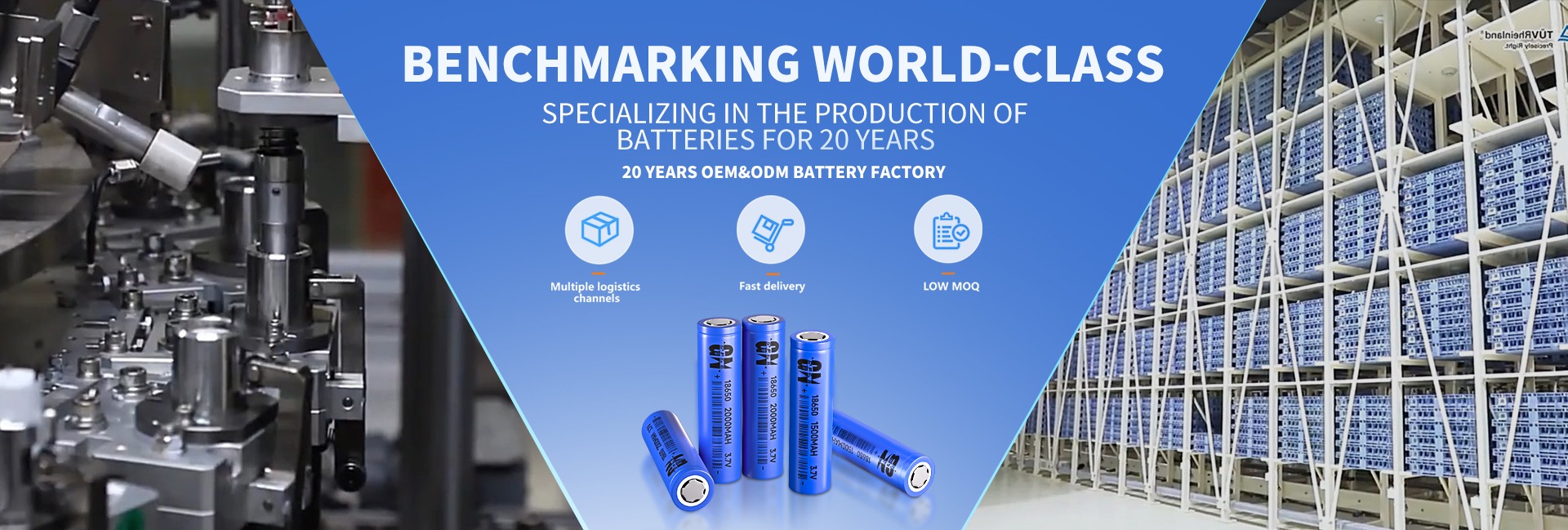
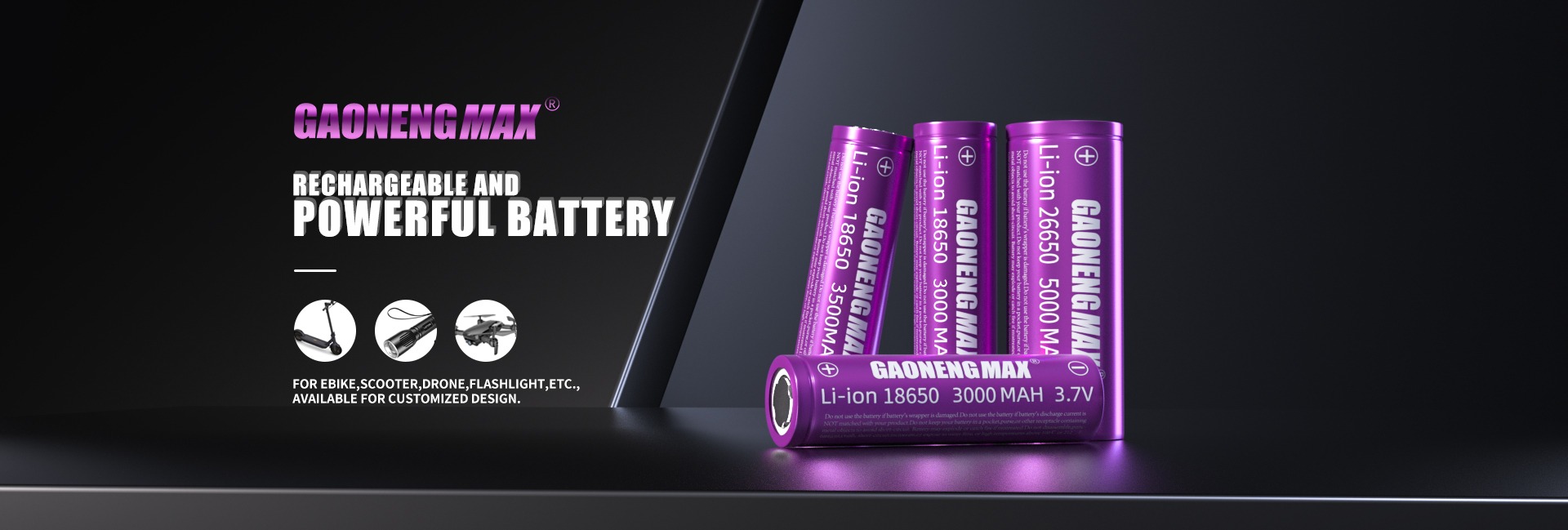
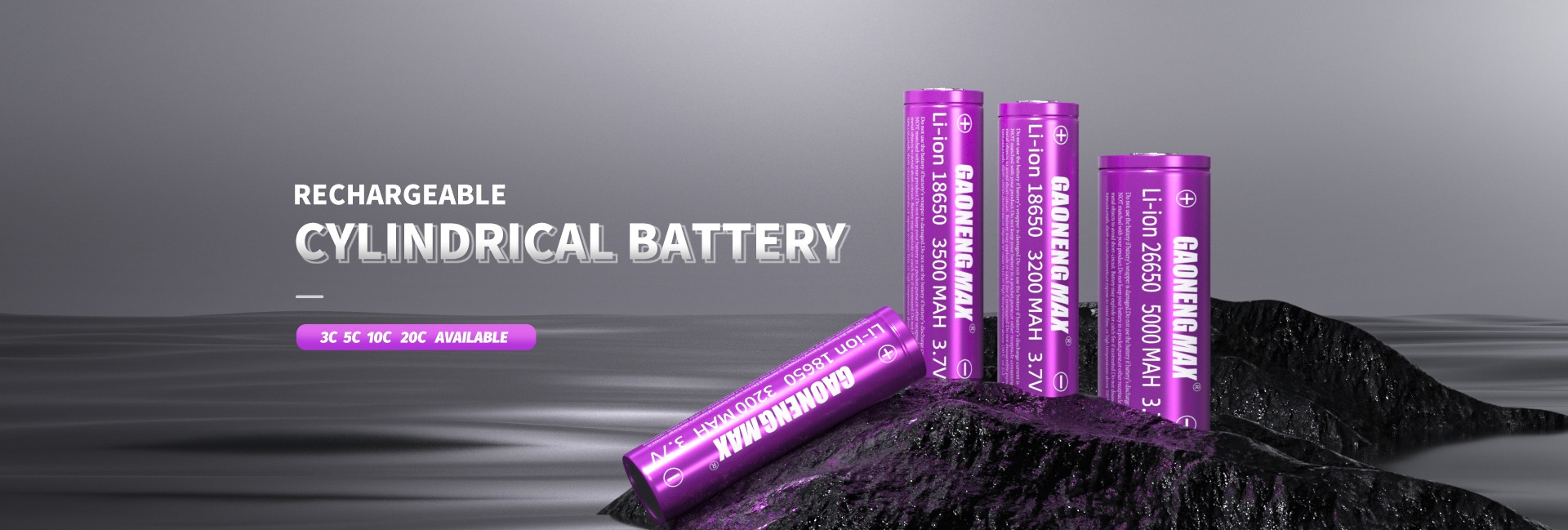
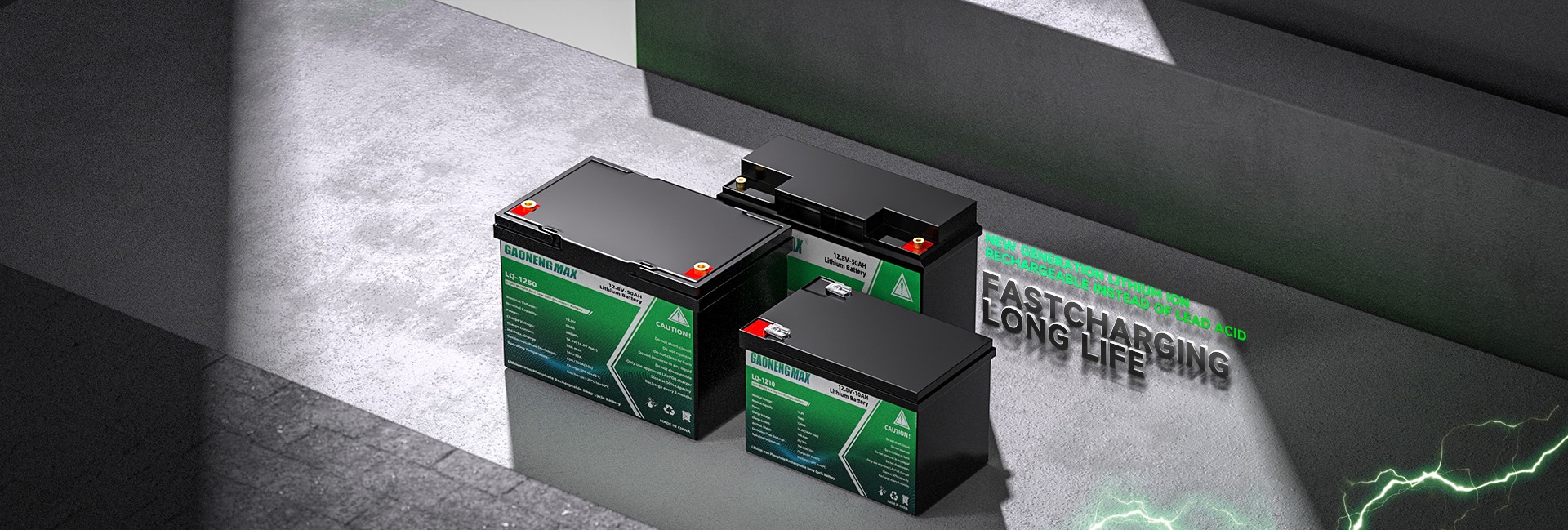




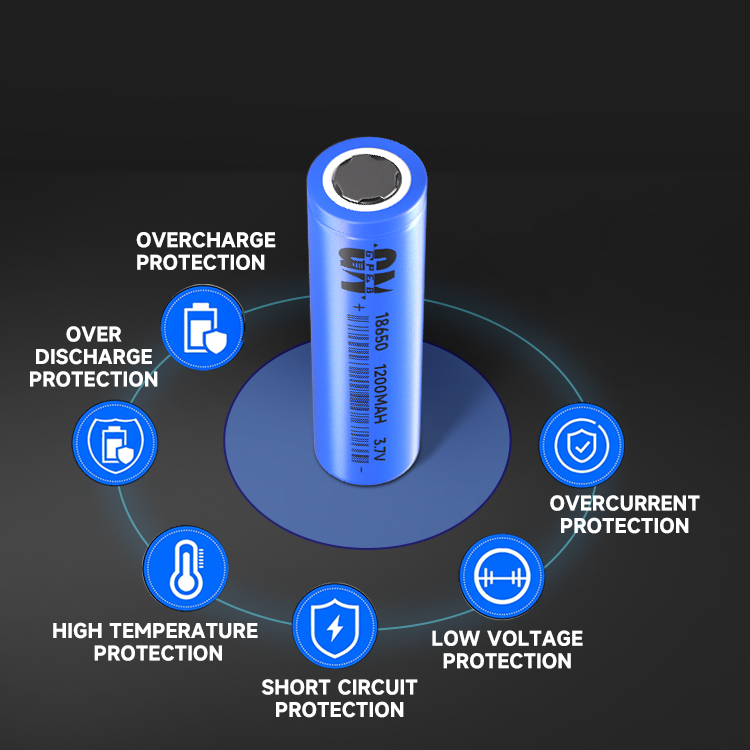

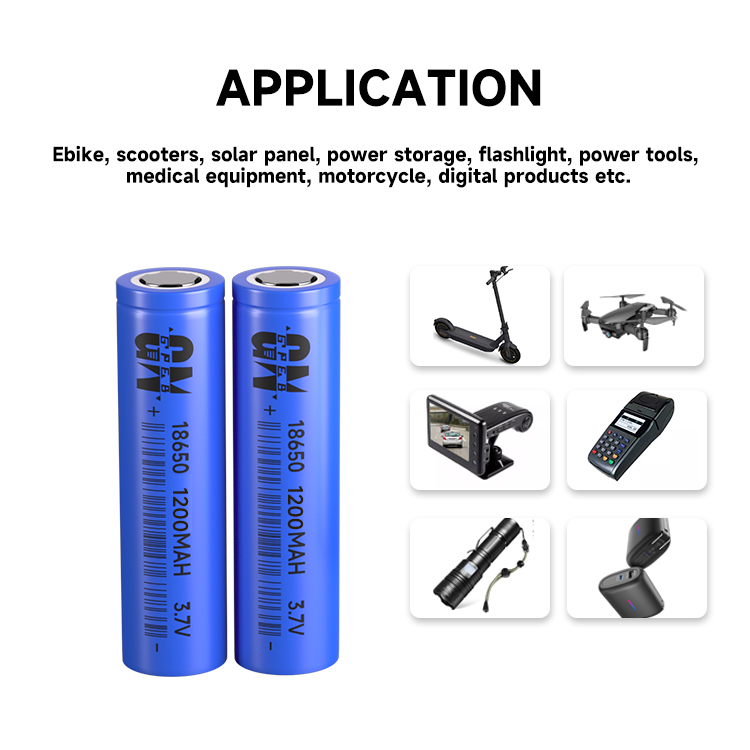











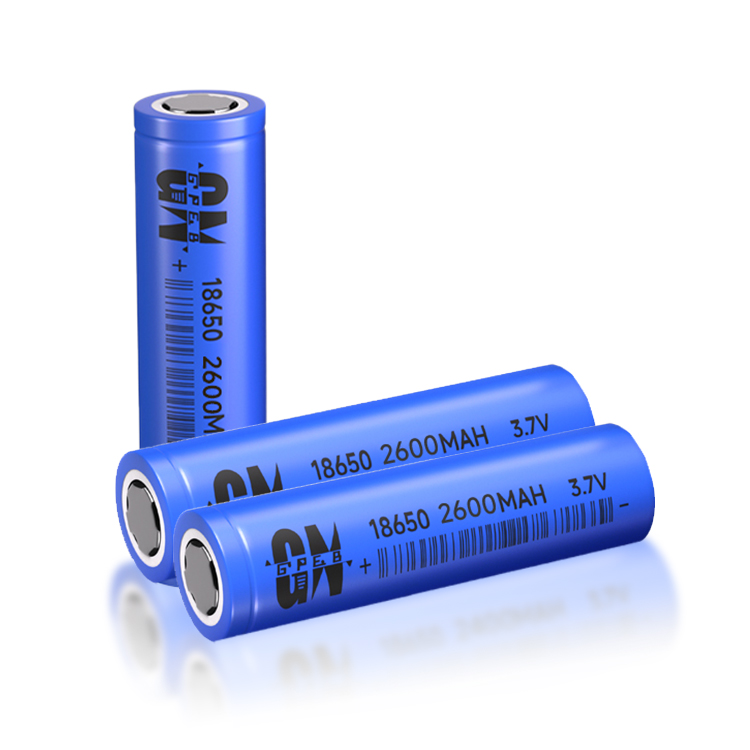
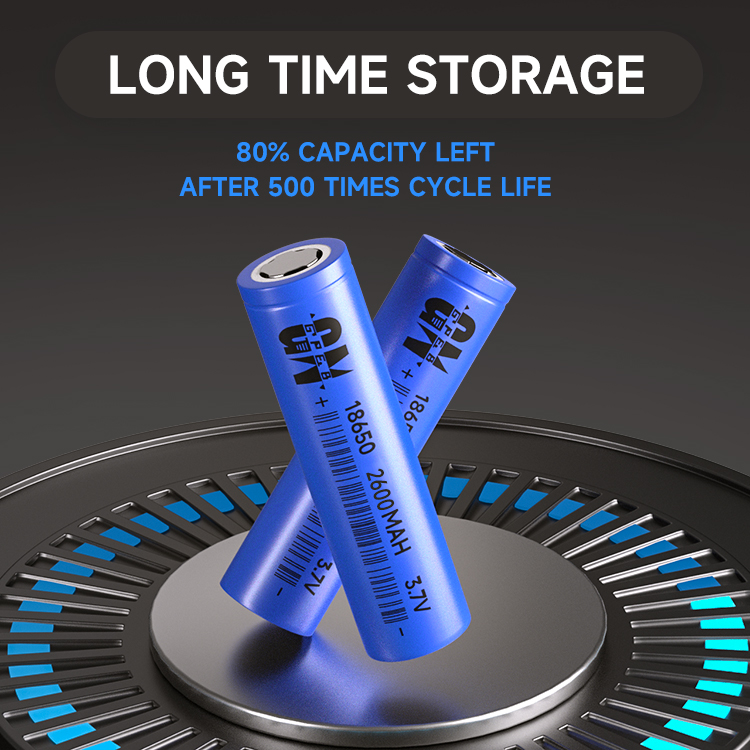






























 360° FACTORY VR TOUR
360° FACTORY VR TOUR
 Whatsapp
Whatsapp
 Tel
Tel Email
Email TOP
TOP